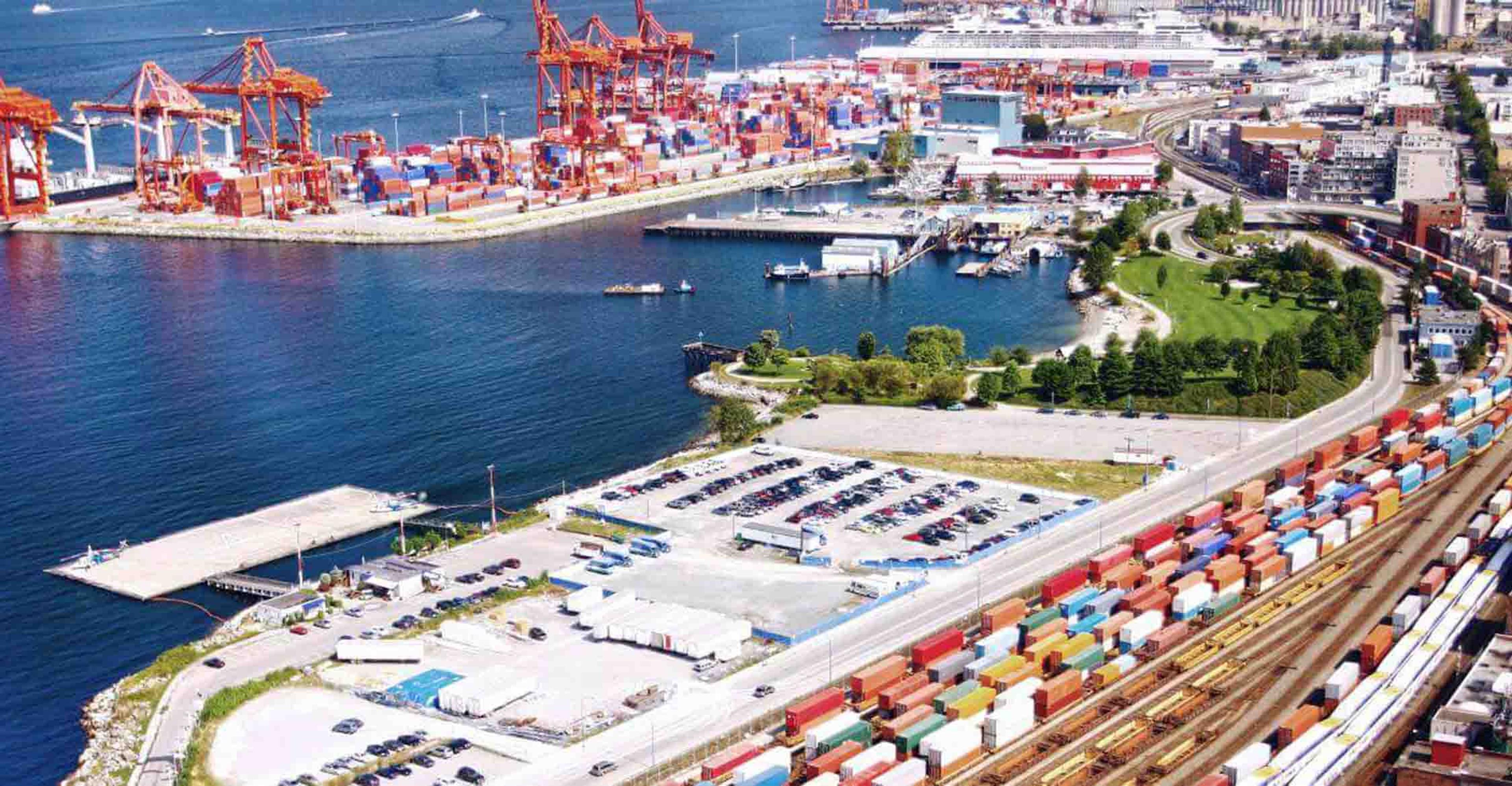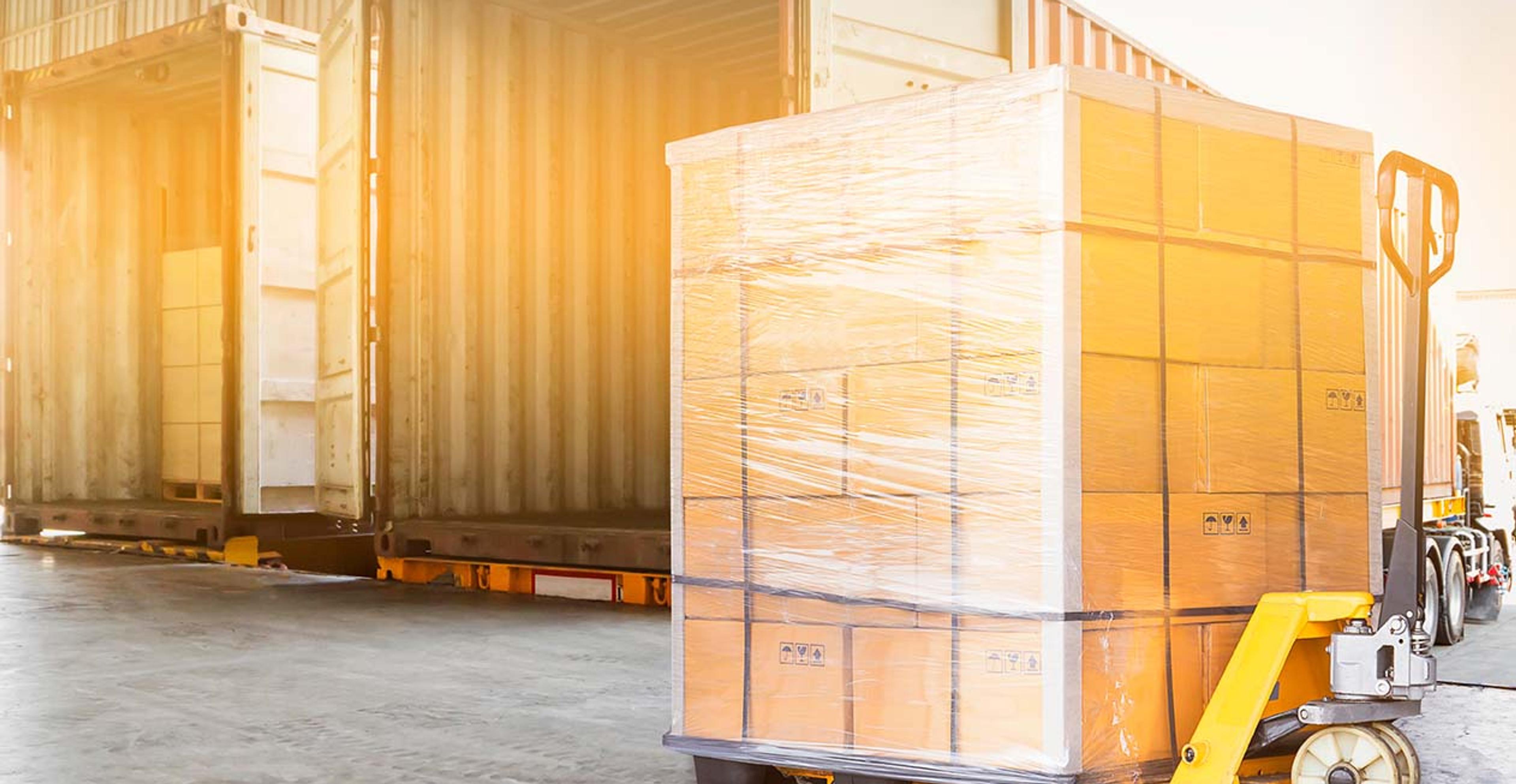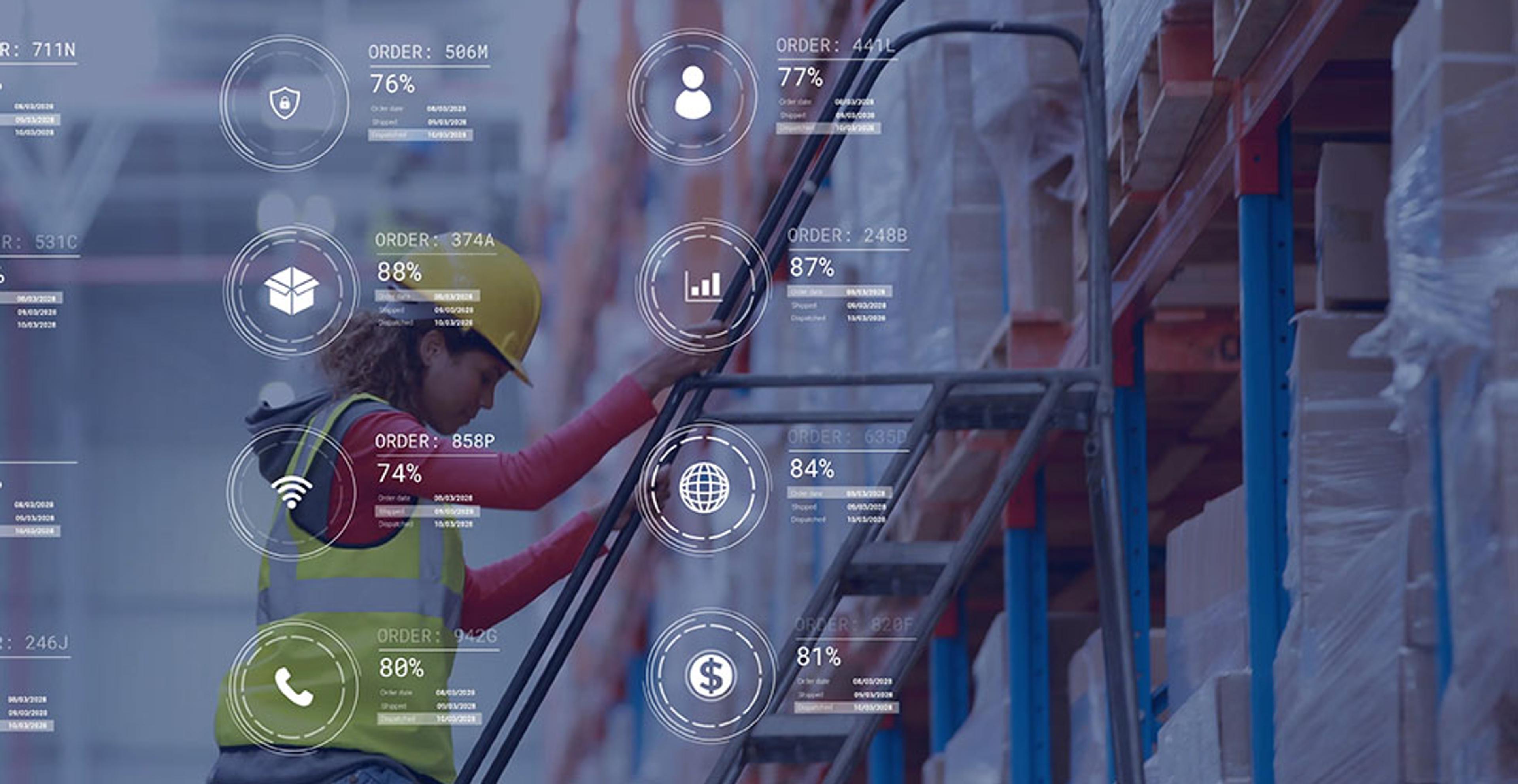Will US Rail Congestion Cause Slowdowns for Peak Season?

American railroads under pressure
US rail congestion is on the rise from the rail yards servicing west coast ports, and the worsened conditions could cause immense supply chain delays. The Port of Los Angeles handles 40% of all United States imports. Now west coast ports cannot process containers fast enough to keep up with current demand. Slowdowns around containers limit future availability and restrict supply, with peak retail season around the corner.
Port congestion continues to rise
According to the executive director of the Port of Los Angeles, 60% of long dwelling containers are scheduled to go on rail. Despite the steady improvement of vessel anchorage to berth times, rail car capacities are limited. Future containers may start stacking up in rail yards while they are waited to be loaded and moved. An influx of containers could fill up terminals, which would not allow them to take any new imports and lead to diversion of cargo to other ports.
The lack of rail cars at the nation’s most significant container gateway is a contributor to the current bottleneck. Wait times for containers leaving the ports of Los Angeles and Long Beach continue to tick up, with 7.5 days at Lost Angeles and 8 days at Long Beach. The Port of Oakland’s two rail yards are near-dock and roughly 10% of its imports are moved by train. The Pacific Northwest relies on rail to move its imports and exports. Dwell times of an import container leaving the Port of Tacoma is 8 days. And for the Port of Seattle, over 16 days.
Due to west coast port congestions and labor negotiations, trade has been steadily moving away from the west coast to the east coast. From January to May, the ports of New York and New Jersey experienced an 11.5% increase in import containers with 6.5% of that volume shifted from the west coast. The ports have also seen an early arrival in holiday items, such as Christmas trees and winter apparel. The Port of Savannah is experiencing staggering process volumes, 25% of which was unplanned. The port has had its highest volume of ad hoc and new service vessels to date.
Q&A with Paul Brashier, ITS Logistics’ Vice President of Drayage and Intermodal
The number of containers sitting at the southern California ports of Los Angeles and Long Beach will soon overwhelm current US rail capacity, which could lead to lengthy freight delays. Are there any other supply chain pain points you see arising from this issue?
PB: The longer that freight is stuck on the docks and can’t be cleared off, vessel dwell time off the west coast will continue to increase. Dwell times are already at a week-long or higher, adding even more days will continue to slow down the supply chain across the nation. Some shippers have been diverting to the east coast, which was not prepared to take on a higher volume of vessels. Should vessels dwell times continue to rise, we might find ourselves in the same situation as we did in 2020 (which was just seeming to stabilize).
What solutions have you implemented for current customers to fix these issues?
PB: The last 12 – 18 months, terminals in North America have been congested. there has been a lack of equipment and not enough capacity to pull the containers. A lot of booking door-to-door has been happening as opposed to terminals or ramps. We had a customer who’s door-to-door booking mechanism broke down and that capacity had to be prioritized. We identified which containers needed to be removed from the terminal so demurrage could be avoided. Those containers were moved to ITS pop-up yards we put specially in place for our customers when we saw this problem coming. Lack of containers and distribution center capacity was adding to the problems. With our trucking services and assets, we implemented three different trailer pools to shuttle full and empty containers between pop up yards, the terminal, and the DCs.
When long-term contracts with steamship lines and freight forwarders were created, these supply chain issues weren’t happening. Some of those contracts can make it difficult to pivot in a challenging market. As a 3PL, ITS is able to come in as with nominated trucking services and book directly to the terminal without contracts being broken.
Peak season is just around the corner with back to school and holiday shopping. What actions should be taken now to protect your supply chain? What are some global issues to watch?
PB: The past couple of years have done a number on global supply chain and put logistics companies to the test. Bring in supply chain providers now and build a partnership. The right provider can provide invaluable help in decision making, forecasting, and preparation. Giving as much lead time as possible in this market can give you a line of site to avoid potential disasters. A little bit of planning at the start can save a lot of money on the bottom line later.
Labor disruptions in Europe could cause problems for US east coast ports, so that’s something to watch. With so much diversion from west coast ports over the past few months, there’s already more strain than those terminals are used to handling. A bottleneck being unleashed from Europe could spell trouble for BCOs and shippers during peak season.
Will the supply chain strains continue?
PB: There’s a lot going on with the global labor market that could affect the supply chain for the rest of 2022. If there are no labor issues and California’s AB5 guidelines stabilize, then we could potentially be back to pre-pandemic times by end of Q1 2023, if not earlier. Prior to Lunar New Year in January, we could see a little lift in demand and some normalization into 2023 due to the cooling of the economy and the consumer. Which I think all of us would appreciate.
Navigating intermodal traffic with a trusted logistics provider
As freight railroads navigate current supply chain pressure, there are steps a business can take to avoid shipping delays. ITS Logistics has provided creative solutions for customers and is committed to being excellent in everything we do. By deep diving into our customers’ supply chain operations, we make your business our business.



